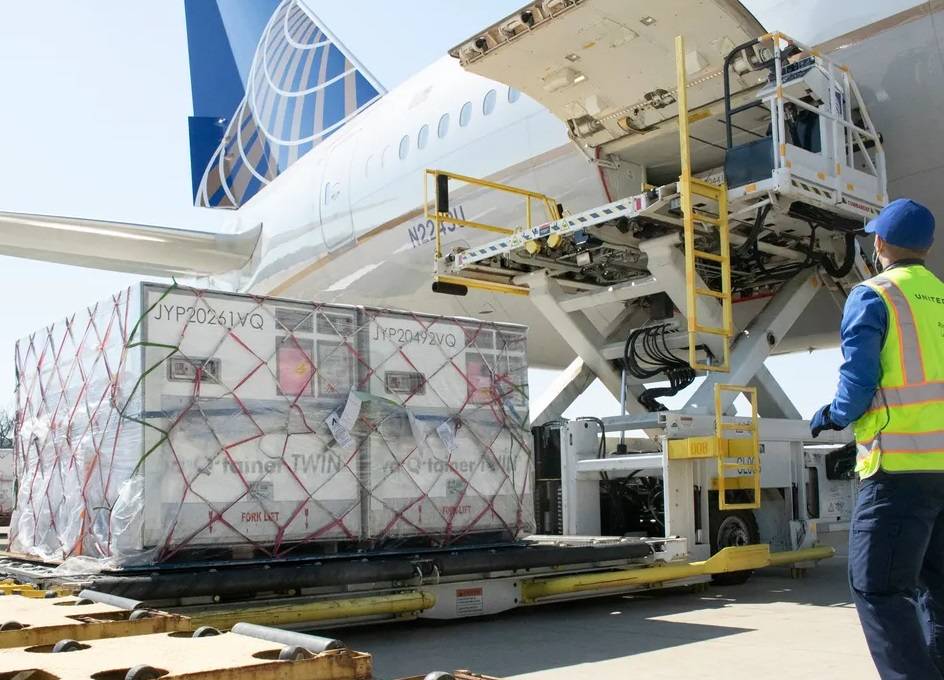The air cargo industry saw some big changes in the pandemic, but one area we didn’t necessarily expect a change was energy efficiency. And it came in a couple of different ways.
Last December, Air France KLM Martinair Cargo (AFKLMP) signed a lease agreement for specialized containers from va-Q-tec. This company makes a range of passive containers and other temperature control products. What makes them interesting is their energy efficiency, and its implications for cargo use. They are passive but use very little dry ice, if any. And that’s only to maintain the lowest possible temperatures, i.e. -80°C. For -60°C and up, they need no ice at all.

We have already seen how critical the use of dry ice is, onboard aircraft. Dry ice is frozen CO2. It doesn’t melt into a liquid as it warms, rather it turns directly into gas. And the rate in which it evaporates is critical, in determining how much of it can be onboard an aircraft. Alternatively, a lot of it can be on board, but for a shorter flight time. This has serious implications in terms of energy efficiency and cargo space usage.
A Logistics Riddle
Pfizer’s vaccines need very low temperatures, at -70°C. This is so low that the company had to take some radical steps, to ensure that the so-called “cold chain” is maintained in storage. Firstly, the company took over the distribution of the vaccines. Then they designed their own cooling box, to hold the vaccines. The energy efficiency of that box was so good that it allowed more dry ice on board cargo aircraft.
This showed that there was room for improvement in temperature-sensitive air cargo. This is not just about vaccines or other pharmaceuticals. It is about energy efficiency in cold storage and cargo in general. There is also an environmental dimension, in CO2 production and usage. And this is where companies like va-Q-tec come in.

Most devices used for temperature control employ foam or similar material, as insulation. This includes the fridge/freezer in your kitchen. Good thermos flasks use vacuum instead, and work great. Until you break one. We know how good the energy efficiency of vacuum devices is, but until recently it was too fragile for cargo.
Higher Energy Efficiency Cargo Containers
For years, va-Q-tec have been developing vacuum-technology containers and panels in flat or more complex shapes. The pandemic has now brought such technologies to the fore. Their cargo boxes need no external power or dry ice at all, to maintain temperatures of -60°C, for several days. Instead of dry ice, they use PCMs (Phase Change Materials). Unlike dry ice, PCMs are reusable. This is another favourable factor in cargo energy efficiency.
Florent Gand, service manager pharmaceuticals logistics at AFKLMP Cargo, said:
“The combination of our network with the capacity of va-Q-tec containers, to maintain the temperature and integrity of Pharma products, results in a better offering to our common customers. Especially now, during this corona crisis, this partnership is even more important as it will bring speed and efficiency to vaccine distribution.”

We saw how the temperatures for each vaccine determine what kind of areas and communities it can go to. Technologies like those we see here could change this. In future, mass production of such technologies could see it improve energy efficiency in applications beyond cargo. Va-Q-tec is working on products for automotive and even building construction use.
It will only be a small silver lining for many, but perhaps this pandemic will be the triggering factor that makes our next fridge, or next home, a bit more energy efficient.



